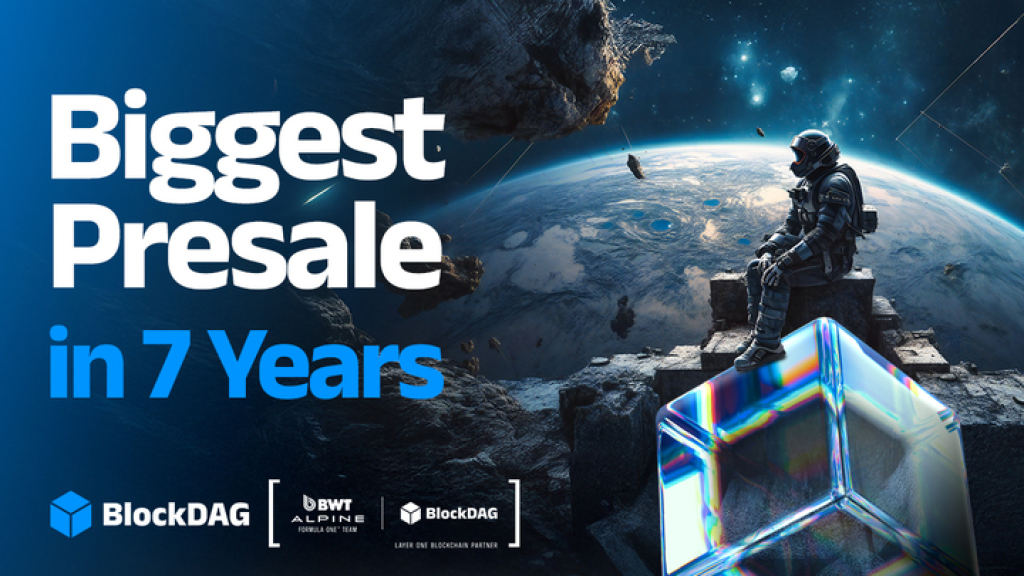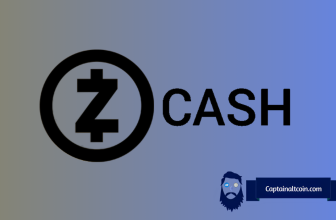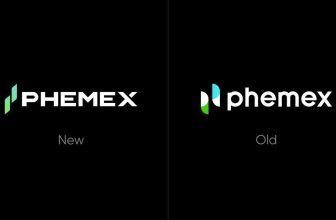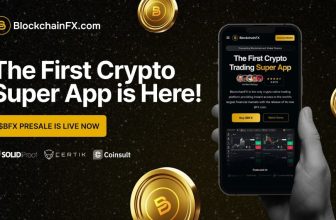
Aptos surged from $6.90 in January 2024 to $11.12 by November 2025, a +61.1% gain. Internet Computers doubled from $7.35 to $15.24 (+107%). Ondo skyrocketed from $0.17 to $1.06 (+523%). While all three coins have shown impressive market growth, developers looking for deeper infrastructure access and builder-focused rewards are paying close attention to BlockDAG.
With over $435 million already raised in its presale and current pricing locked at just $0.005 (batch 32), BlockDAG’s developer-centric model is making it the most utility-aligned crypto play heading into 2025. Its 6-Wave buildathon, “The Amazing Chain Race,” along with a $50K grant pool and real-time dashboards, is turning code into capital at scale.
What you'll learn 👉
1. BlockDAG: Where Builders Get Paid, Not Played
BlockDAG is currently the most developer-incentivised project on the table for 2025. Its global buildathon, “The Amazing Chain Race,” is not fluff; it’s a structured six-phase initiative with cash on the table: $50,000 in grants and bounties, 5,000 USDT in Wave 1 alone, and a fully active bounty board that’s already attracting over 100 participating dev teams. These teams aren’t submitting whitepapers; they’re actively building EVM-compatible tools across DeFi, oracles, NFT infrastructure, and data explorers. What makes BlockDAG unique is its dual DAG+PoW framework with up to 15,000 TPS, giving it the scale and throughput Ethereum L2 developers are demanding.
This technical backbone, paired with Ethereum Virtual Machine compatibility, is pulling in smart contract developers from chains like Arbitrum and Fantom. And it’s not just code-for-cash. BlockDAG is designing a developer economy with live dashboards, grant tracking, visibility tools, and early token exposure, all pre-launch.
With 20 exchange listings already confirmed and only 4.2 billion BDAG coins remaining, the clock is ticking. The batch 32 presale price is currently $0.005, but the next jump to $0.0078 is confirmed, a 56% increase baked into the tokenomics. BlockDAG isn’t waiting for its mainnet to start rewarding developers; it’s building and paying in real time.
2. Aptos: Funding First, Code Second
Aptos continues to flex its war chest. Backed by heavy VC money and armed with a Move-based development environment, the project has managed to push aggressive growth despite intense L1 competition. From $6.90 in early 2024 to $11.12 by November 2025, Aptos posted a +61.1% increase, largely driven by its $50M ecosystem injection into early-stage startups. Developer uptake has been solid, with the Move language providing a fresh but steeper learning curve compared to Solidity.
What Aptos does well is create a safety-first dev environment, but it’s still in the early stages of breaking out of the “VC-backed playground” category. Builder tooling is expanding, but the dependency on centralised funding means developer loyalty is often tied to short-term grant cycles. Aptos has traction, but lacks the self-sustaining builder loops BlockDAG is creating with its developer economy and exchange-tied rollout.
3. Internet Computer: Full-Stack Control, Limited Liquidity
Internet Computer Protocol (ICP) has more than doubled over the last 11 months, moving from $7.35 to $15.24, a +107% return. What’s impressive about ICP is its native development environment that lets devs build and deploy DApps without relying on external cloud services. It’s one of the few protocols pushing for full-stack decentralisation.
That said, its steep learning curve and lack of EVM compatibility put up a wall for most Solidity-native developers. While ICP appeals to a niche segment, think AI, decentralised storage, and advanced game-fi applications, it struggles with onboarding the broader Ethereum developer community.
The protocol also faces persistent liquidity constraints and exchange volume fragmentation, which makes it harder for projects to scale out user bases or plug into mainstream DeFi. It’s high-concept, high-effort, but not necessarily high-reward for new builders compared to BlockDAG’s faster visibility loops and token-backed bounties.
4. Ondo: Real-World Assets, Real Developer Limitations
Ondo’s rise from $0.17 to $1.06 in under a year is one of the sharpest jumps in DeFi. With a +523% gain, the narrative is simple: tokenised treasury assets. Ondo’s focus on yield-bearing vaults and tokenised ETFs has helped it attract DeFi protocols and institutional interest across L2 networks. But here’s the tradeoff: Ondo isn’t builder-first.
Most of its smart contracts are locked and optimised for vault interactions rather than open developer collaboration. Ondo is better suited for yield strategists and capital allocators, not for devs building new primitives or infrastructure. The developer pathway is narrow, with few real incentives outside of integration work. For builders who want code to be a currency, with bounties, community, and early token access, BlockDAG’s infrastructure and tooling ecosystem offers far more surface area.
Final Verdict
The developer economy is the real alpha heading into 2025. Market gains are one metric, but long-term value is being defined by where builders are deploying their time, code, and reputation. Aptos has the money, ICP has the tech stack, and Ondo has the capital efficiency, but BlockDAG is the only one offering pre-market bounties, a $50K grant pool, live community exposure, and an architecture that can scale smart contracts from Day 1.
With over $435M raised, and currently in batch 32 still open at $0.005, and only 4.2 billion BDAG coins left, BlockDAG isn’t just an opportunity; it’s a builder’s advantage wrapped in presale access. For anyone looking at the top crypto to buy in 2025 with real builder ROI, BlockDAG leads the charge.
DISCLAIMER: CAPTAINALTCOIN DOES NOT ENDORSE INVESTING IN ANY PROJECT MENTIONED IN SPONSORED ARTICLES. EXERCISE CAUTION AND DO THOROUGH RESEARCH BEFORE INVESTING YOUR MONEY. CaptainAltcoin takes no responsibility for its accuracy or quality. This content was not written by CaptainAltcoin’s team. We strongly advise readers to do their own thorough research before interacting with any featured companies. The information provided is not financial or legal advice. Neither CaptainAltcoin nor any third party recommends buying or selling any financial products. Investing in crypto assets is high-risk; consider the potential for loss. Any investment decisions made based on this content are at the sole risk of the readCaptainAltcoin is not liable for any damages or losses from using or relying on this content.











